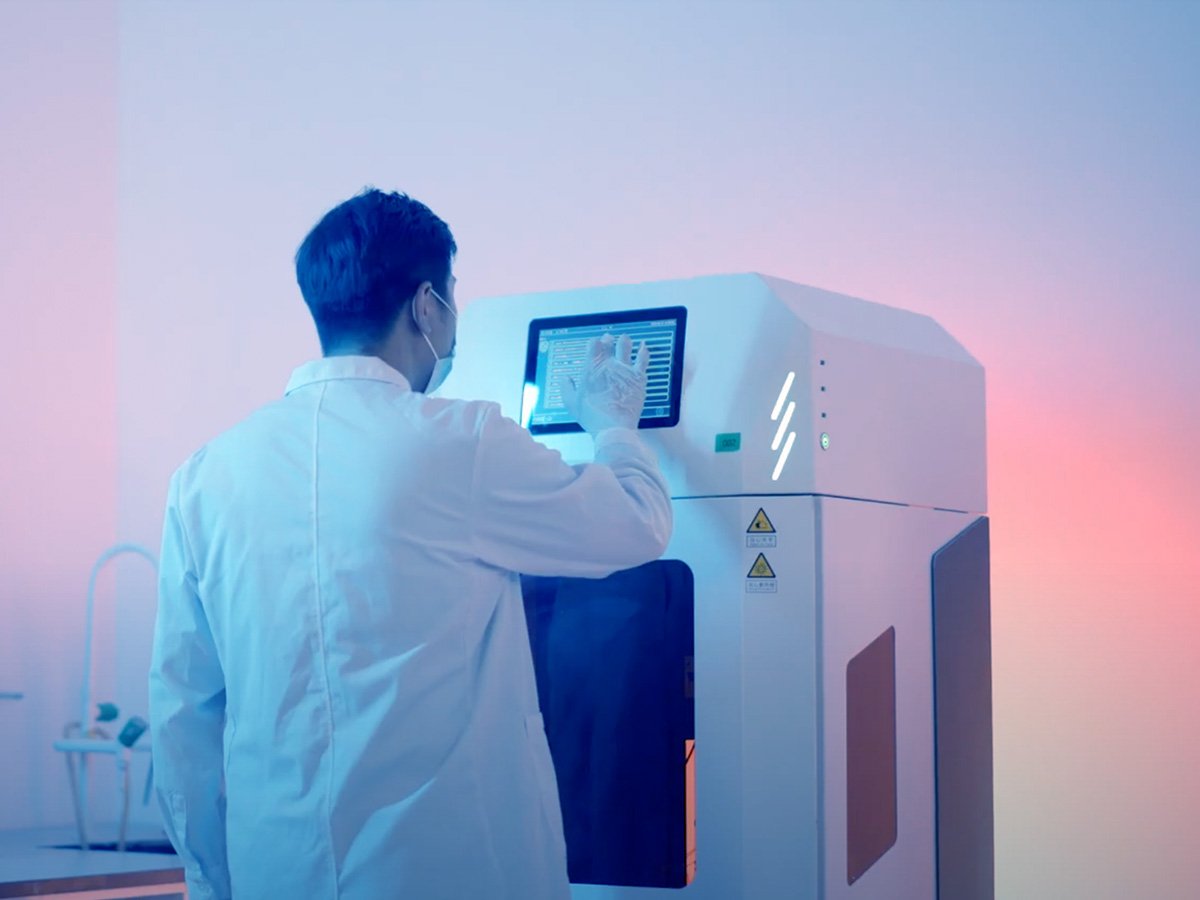A lost jawbone due to tooth loss, infection, gum disease, or trauma can change your facial structure and weaken your oral health over time. A dental bone graft replaces the lost bone and preserves your jaw structure and helping create a stable foundation for dental implants. A lot of people undergo this procedure for natural bone regeneration.
In this article, we’ll discuss dental bone grafting in detail and what happens during the procedure. Continue reading to gain valuable insights about its cost and healing stages.
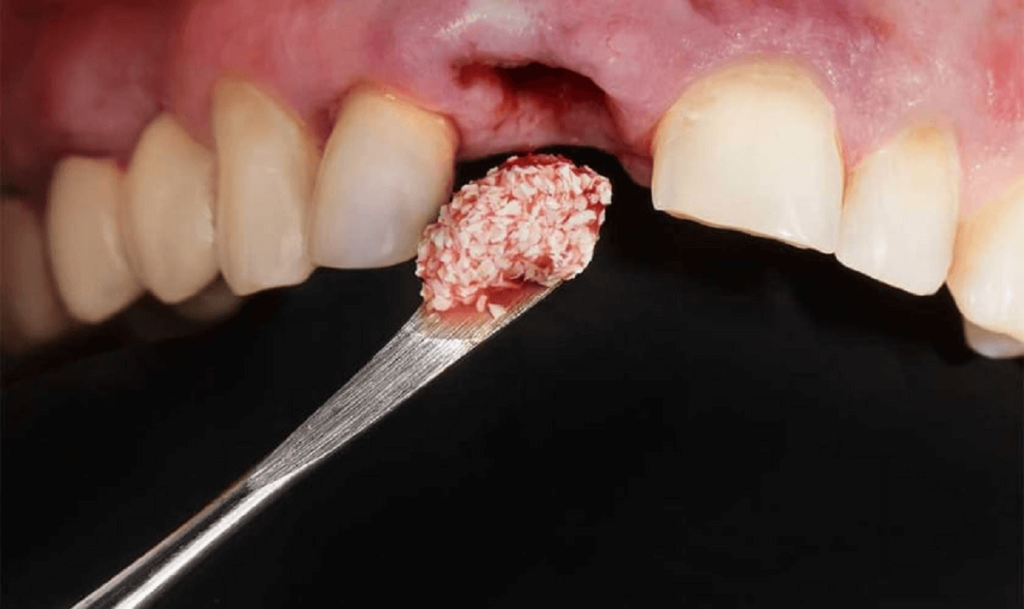
What is Dental Bone Graft?
A dental bone graft is a surgical procedure used to restore bone material in the areas of the jaw where it has been lost. The process stimulated your body to produce new bone cells to reconstruct the jawbone. The treatment is required when bone loss happens due to missing:
- Teeth
- Periodontal disease
- Trauma
- Or when a person develops abnormally.
The human body continuously remodels bone tissue, but once teeth are lost, the jawbone no longer experiences essential stimulation from chewing forces. The bone will start to resorb or break down without this stimulation. A bone graft dental procedure reverses this process by giving new, growing bone cells.
Types of Dental Bone Graft
A variety of materials are used in dental bone grafts, each with specific advantages:
- Autografts utilize bone that is taken from your body, often from the jaw, chin, hip, or shin. This method eliminated the risk of rejection but requires surgery at an alternate location.
- Allografts are made from processed donor bone obtained from tissue banks. They are strictly sterilized and processed to be safe without losing the bone-forming properties.
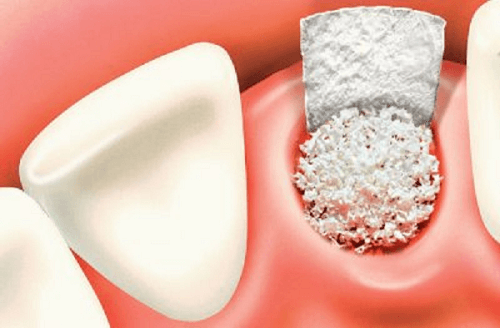
- Xenografts are graft materials sourced from non-human species mostly typically bovine. These substances are highly processed to eliminate organic content while maintaining the mineral form.
- Alloplasts are artificial substances that are specifically created to imitate natural bone. These substances tend to incorporate calcium phosphate compounds that resemble human bone minerals.
Your dentist will suggest the most suitable graft material for your case, medical history, and treatment objectives.
Why Do You Need a Dental Bone Graft?
A dental bone graft becomes inevitable when your jawbone is too thin or lacks sufficient strength. And it cannot hold a dental implant or perform normal oral function. This may occur if you have lost a tooth and the bone surrounding it begins to diminish with time. It is also required if you have severe gum disease, which can harm the bone supporting your teeth. Trauma, infections, or birth defects may also affect the jawbone.
You may require a bone graft:
- Before receiving a dental implant to make sure the implant is stable
- Following tooth removal, to avoid bone loss
- When gum disease has damaged the bone
- To fix jaw trauma or bone defects
- To stabilize loose teeth by restoring support around them
In short, dental bone grafting recycles the jaw so that your mouth remains strong and prepared for subsequent dental procedures.
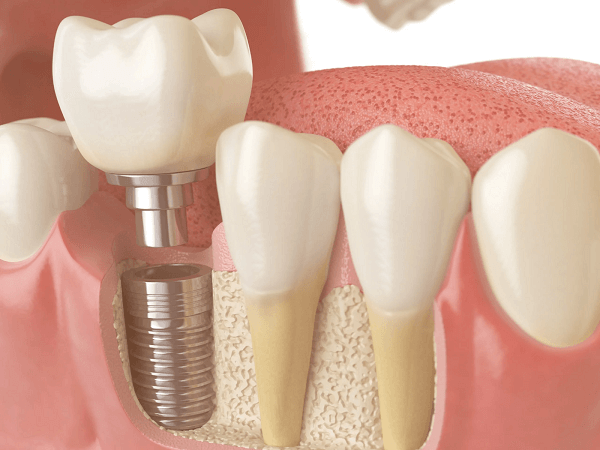
Dental Bone Graft Procedure
Here is the step-by-step dental bone graft procedure
- You will be given local anesthetics to make you comfortable. If the grafting procedure is extensive, then sedation may be provided.
- The surgeon begins by creating a small cut in the gum tissue to access the bone beneath.
- Then, the treatment area is carefully prepared. Infected or damaged tissues are removed.
- The graft material is then inserted into the site that has been prepared. In certain situations, fixation devices or special membranes hold the graft material in place.
- The gum tissue is ultimately closed over the graft with sutures.
The whole dental bone grafting process normally lasts from 45-90 minutes for one site. More difficult cases with multiple locations might entail longer procedure times.

Dental Bone Graft Healing Stages
Here are the dental bone graft healing stages:
Initial Healing (First Week)
Your body creates a blood clot around the graft material, and healing cells start moving to the site.
Early Healing (2-4 Weeks)
During the next 2-4 weeks, soft tissues continue to heal. Gum tissues also heal within these weeks. Most patients are back to normal within days.
Intermediate Healing (1-3 Months)
Your body starts replacing the graft material with new bone cells through osteogenesis.
Final Maturation (4-9 Months)
After 3 months of the dental bone graft procedure, bone maturation and remodeling take place. A structure is formed that can accept dental implants or resist chewing forces.
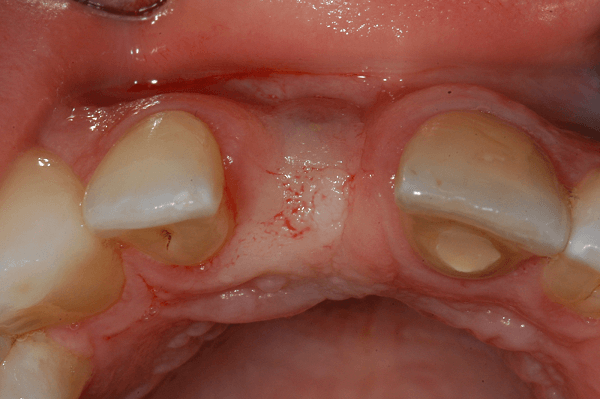
Dental Bone Graft Aftercare
Here are the aftercare steps you should follow for proper healing:
Immediate Post-Procedure Care
- Apply ice packs to reduce swelling
- Take antibiotics exactly as prescribed
- Use pain relievers of the over-the-counter or prescribed type as needed
Dietary Changes
- Avoid hot foods, alcohol, and tobacco products
- Return to your regular diet gradually
Oral Hygiene Protocol
- Adhere to the instructions from your dentist regarding cleaning the surgical site
- Use prescribed antimicrobial mouthwashes according to instructions
Dental Bone Graft Cost
Dental bone graft cost depends on:
- Complexity of the procedure: Simple procedures are cheaper than complex ones.
- Type of graft material: Synthetic materials are typically cheaper than autografts.
- Location: Procedures done in urban areas tend to be more expensive.
- Doctor’s experience: Specialists tend to charge higher fees than general practitioners.
Typical Cost Ranges
Bone Graft and Tooth Extraction: $400-$1000
Bone Graft for Dental Implant: $2,500-$4,000
Sinus lifts: $1,500-$4,500 per side
These estimates do not include any additional cost of subsequent implant placement.
FAQS About Dental Bone Graft
What is a dental bone graft?
A dental bone graft involves placing bone material into your jaw to reconstruct lost bone. The bone loss may occur due to tooth loss, periodontal disease, or trauma. Dental bone graft supports dental implant or secures existing teeth.
When can I exercise after a dental bone graft?
You should avoid exercise for a minimum of 3–5 days after a dental bone graft. Excessive activity may cause more bleeding or interfere with healing. Always follow the instructions given by the dentist.
How much does a dental bone graft cost?
A dental bone graft can range in price up to $5,000. Cost depends upon graft type (your own, donor, or synthetic), procedure difficulty, and whether it’s done at the time of a tooth extraction or an implant.
How to speed up dental bone graft healing?
To recover quicker, do not smoke, adhere to all post-op instructions, consume soft, nutritious foods, keep the graft site clean, and do not place pressure or chew close to the location. Take antibiotics as directed and visit follow-up appointments.
Can a dental bone graft fall out?
In the first few days there there can be small particles falling out. But big graft movement or exposure means potential failure. If you notice white pieces or experience graft looseness, call your dentist right away for assessment.
Conclusion
Dental bone graft can help restore your jaw’s strength if you have bone loss for any reason. Also, in case of bone loss bone graft for dental implant is essential. Using high-quality dental supplies can make a big difference. For dental professionals, it is important to opt for reliable products for all their procedures. Aidite stands out as a trusted brand in the dental industry. Dental professionals rely on them for state-of-the-art dental supplies.

